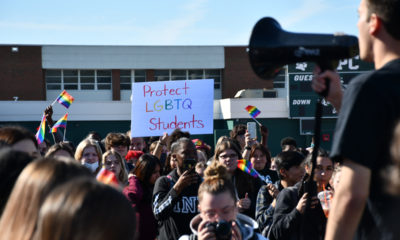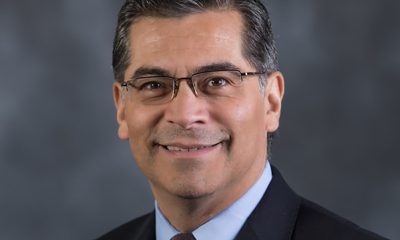Health
Study probes impact of acceptance, rejection on LGBT youth
Spurned children at higher risk for HIV, suicide

The first major study of how families respond and adapt when LGBT youth come out during adolescence was hailed this week by an Obama administration official for its recommendations on how to stem what he called “the tragic rash of suicide and bullying” in which targeted LGBT young people are victimized.
The official, David Hansell, who is gay, is acting assistant secretary for the Administration for Children and Families (ACF). He spoke before a gathering to discuss “The Critical Role of Family Support of LGBT Youth,” where the report was the centerpiece — at an event hosted by the Center for American Progress.
Hansell pledged a major push for a “cross-departmental and united effort” by all federal agencies, including the Defense Department, as well as the private sector, “to combat bullying and give support to at-risk LGBT youth.” A work-group is being created, Hansell said, to design this effort, which he called “a great example of bringing together the main organizations that can affect their lives.”
He also pointed to a recent action by HHS Secretary Kathleen Sebelius to form a high-level, departmental coordinating committee on LGBT services “across the entire spectrum of services” that he said would be supported by “an unprecedented devotion of resources.”
Speaking of findings from the report — titled “Supportive Families, Healthy Children: Helping Families with Lesbian, Gay, Bisexual and Transgender Children,” authored by Dr. Caitlin Ryan, director of the Family Acceptance Project at San Francisco State University — Shannon Minter, legal director of the National Center for Lesbian Rights (NCLR) declared, “I come here with a message of hope.”
“Dr. Ryan and her team have generated a wealth of new data over the past decade on the impact of family acceptance and rejection on LGBT children and youth,” said Minter, who is also lead counsel for same-sex couples in the landmark California marriage equality case. “The findings of this research are dramatic, clear, and, above all, surprisingly hopeful,” Minter added. “They have profound implications for virtually every public policy issue affecting LGBT youth and their families, and call for a revolution in the way public and private agencies serve this population.”
Writing in the report about recommendations for what Minter termed “a new family-based approach” by the nation’s schools, family courts, and child welfare and juvenile justice systems,” Ryan wrote that “families love their children and want the best for them,” but that “when parents hold their newborn infant, few of them think their child might be gay or transgender,” but dream instead of their wedding to a heterosexual partner and offspring.
However, Ryan said, “many young people and adults are not heterosexual,” pointing to research showing that between two and seven percent of adults are lesbian, gay or bisexual, and that young people — both gay and straight — first become aware of being attracted sexually to someone at around age 10. According to her report, “the average age that youth realized they were gay was a little over 13,” but “many knew they were gay at even younger ages — such as age 7 or 9.”
“But many of them didn’t tell anyone,” according to the report’s findings based on empirical research, “because by then most had learned that being gay was shameful and wrong,” according to dominant and homophobic social mores. “They learned that gay people were called names, could be discriminated against and hurt by others, and they could embarrass and shame their families” and so, “from an early age, many gay children and adolescents learn how to hide their deepest feelings from people they love.”
Ryan, a clinical social worker who has worked on LGBT health and mental health for 35 years, began work on services to care for LGBT youth in the early 1990s and developed the Family Acceptance Project (FAP) at the Marian Wright Edelman Institute at SFSU in 2002.
Speaking at Monday’s event, Ryan stressed that, “we need a systems perspective” to mobilize families to help, not hinder, the human developmental needs of LGBT youth. “Every family has the potential to support the LGBT youngster,” she asserted, as she recited examples of what she called “journeys, from conflict and exclusion, to acceptance and hope” for “these young people, many of whom see no hope for the future,” and so become vulnerable at much increased risk to depression and suicide.
“This is the most hopeful work I have ever done,” Ryan said. “The gay and transgender youth can have a wonderful life and so can their families for a healthy, happy future.”
Ryan spelled out what she said should be “take-away messages” from the report’s findings, including a fundamental “paradigm shift” to serve LGBT young people “in the context of their families,” which she said can “have a compelling impact” for good or for ill. The key variable, she said, is whether the family accepts or rejects the LGBT youth once they come out. Rejection greatly heightens the risks of depression, suicide attempts, substance abuse, as well as exposure to HIV and other sexually transmitted diseases.
For example, Ryan said that LGBT youth are three and a half times more likely to be at risk for HIV infection as young adults when they experience “high levels of family rejection.” Lifetime suicide attempts are also much increased, making them eight and half times more likely to attempt suicide, she said, when rejection is high. She said she is hopeful, however, because of the fact that “LGBT people have been coming out at a younger age for some time now, “which provides increased risk but also greater opportunities,” when families become engaged in supportive ways and public and private agencies work to raise awareness and mobilize action.
Health
UNAIDS to commemorate Zero Discrimination Day’s 10th anniversary
UN agency urges global action to protect human rights
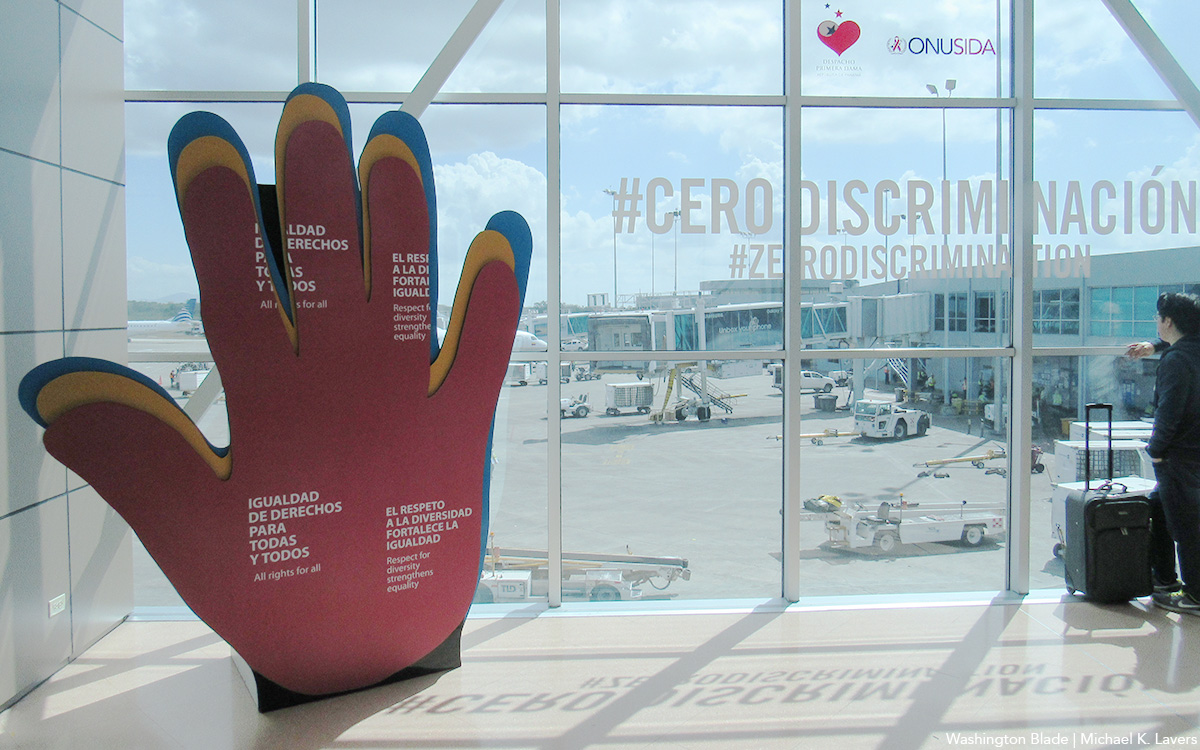
As the world marks the 10th anniversary of Zero Discrimination Day; UNAIDS is sounding the alarm on the increasing threats to human rights, calling for renewed efforts to protect the rights of all individuals as a fundamental step towards ensuring health for everyone.
Established by UNAIDS a decade ago, Zero Discrimination Day aims to promote equality and fairness regardless of gender, age, sexuality, ethnicity or HIV status. The progress achieved over the past years is now in jeopardy, however, due to rising attacks on the rights of women, LGBTQ people and other marginalized communities.
UNAIDS Executive Director Winnie Byanyima emphasized the critical link between protecting human rights and safeguarding public health.
“The attacks on rights are a threat to freedom and democracy and are harmful to health,” she said in a press release. “Stigma and discrimination obstruct HIV prevention, testing, treatment and care and hold back progress towards ending AIDS by 2030. It is only by protecting everyone’s rights that we can protect everyone’s health.”
Despite challenges, there has been notable progress.
At the onset of the AIDS pandemic more than 40 years ago, two-thirds of countries criminalized consensual same-sex sexual relations. They are now decriminalized in two-thirds of countries. An additional 38 countries around the world have pledged to end HIV-related stigma and discrimination, contributing to positive changes that include 50 million more girls attending school compared to 2015.
To sustain and enhance these advancements; UNAIDS urges global support for women’s rights movements, LGBTQ rights, racial justice, economic justice, climate justice and peace initiatives. By standing with communities advocating for their rights, the U.N. aims to reinforce the collective effort towards a more inclusive and equitable world.
Zero Discrimination Day is observed on March 1.
Events and activities that will take place around the world throughout the month will serve as reminders of the essential lesson and call to action: Protecting everyone’s health is synonymous with protecting everyone’s rights.
“Through upholding rights for all, we will be able to achieve the Sustainable Development Goals and secure a safer, fairer, kinder and happier world — for everyone,” said Byanyima.
Health
New CDC report finds transgender women at higher risk for HIV
More than 1,600 people in seven cities surveyed
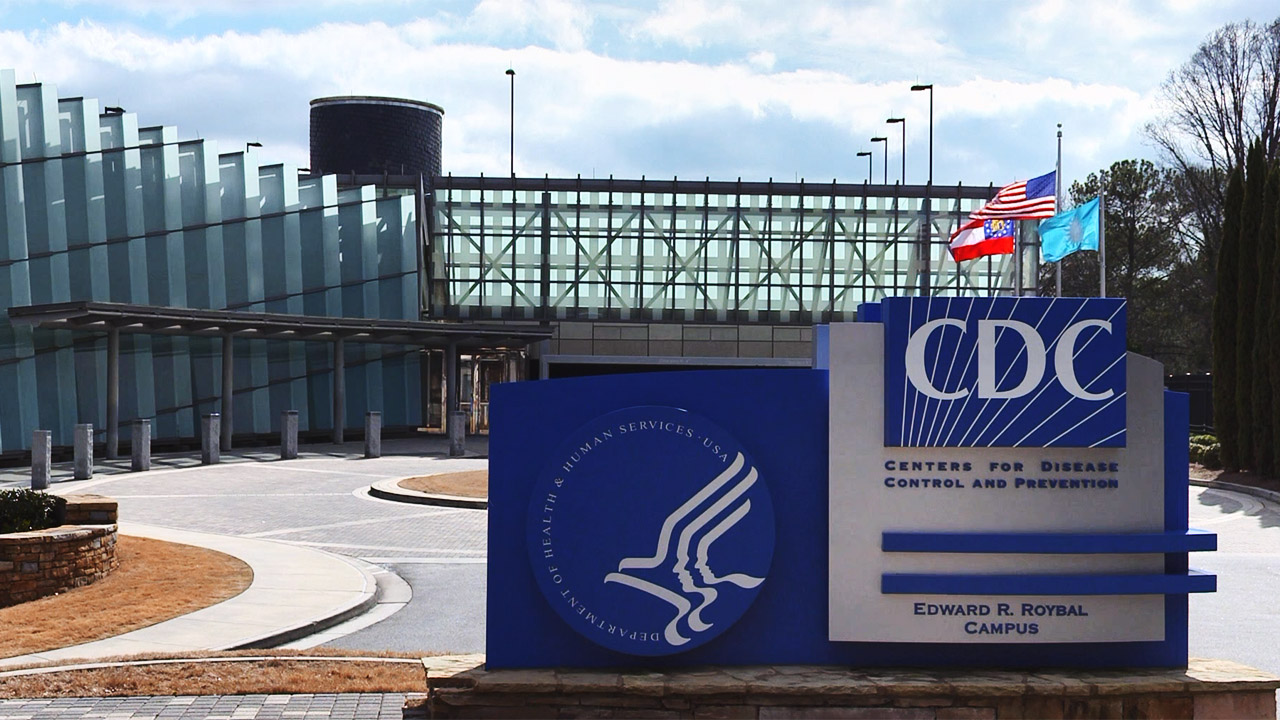
The Centers for Disease Control and Prevention issued a new study report this week that revealed that restricted by employment and housing discrimination and lack of access to needed gender-affirming healthcare for transgender women increasing the risk of contracting HIV.
Researchers reviewed data from a 2019-2020 survey, the National HIV Behavioral Surveillance Among Transgender Women, which found that the demographics of HIV/AIDS have been disproportionally high, especially among Black and Latina trans women, who had experienced employment and housing discrimination coupled with lack of access to gender-affirming healthcare.
The Jan. 25 Morbidity and Mortality Weekly Report was based on data studies of more than 1,600 trans women in seven major urban locales. Participants from Atlanta, Los Angeles, New Orleans, New York, Philadelphia, San Francisco and Seattle were chosen by referrals from people and community-based organizations who knew or were part of the local population of trans women.
The study’s researchers noted: “Employment discrimination occurs at the overlapping nexus of poverty, homelessness, incarceration, health insurance, disability, food insecurity and survival sex work. These issues are interconnected.”
The study stated that trans women’s inability to access quality healthcare, including gender-affirming treatment or access to PrEP, and can expose them to potential incarceration as many turn to “survival sex work” and violence, which increases the risk of contracting HIV.
The study’s author’s pointed out: “When economically marginalized transgender women are refused employment, this refusal cyclically contributes to economic hardships. This analysis …demonstrates the importance of transgender women working and living with dignity and without fear of unfair treatment.”
Health
A Whole New Perspective on Well-Being
The Mather’s team recognizes that everyone’s wellness journey is completely unique to their life experiences and influences.

It’s easy to spot the distinctive, elegant silhouette of The Mather, a Life Plan Community for those 62+ opening this spring in Tysons, Virginia. What is not apparent to the naked eye is The Mather’s unique wellness philosophy, which is literally built into the community.
The Mather’s team recognizes that everyone’s wellness journey is completely unique to their life experiences and influences.
Nature is one of the important factors that contribute to well-being. So The Mather is incorporating biophilic design—a design approach to facilitate access to nature or things that replicate natural patterns. This can include interior spaces with sightlines to a garden, choosing natural wood and stone as interior materials, or incorporating fragrant flowers and plants indoors to spark memories and provide tactile opportunities such as gardening.
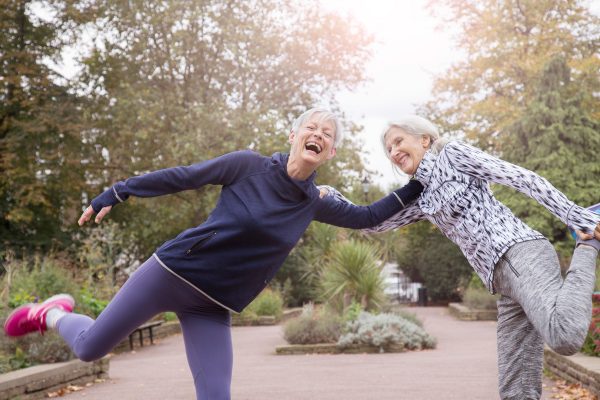
“Providing biophilic design within interior settings connects residents to the natural world,” says Mary Leary, CEO and President of Mather, the organization behind The Mather. “Research shows that a connection to nature provides positive benefits to mental states and overall well-being. At The Mather, biophilic design is the intersection of buildings and programs with nature in an urban setting.”
“The Mather is attracting a diverse group of older adults,” says Mary. “As a result, we aim to incorporate wellness practices from around the world, including Wyda movement theory of the Celtic Druids, which helps people achieve harmony with nature and contentment through mindfulness.” This holistic regenerative approach is similar to Qi Gong and yoga, while born in a different part of the world. Mather Institute has a special focus on mindfulness to support older adults’ practice of present moment awareness, which can lead to increased overall well-being, compassion, and joy.
A very different example of a wellness offering at The Mather is the Gharieni Welnamis spa wave bed, which uses computer-controlled vibrational therapy and audio frequencies to train the brain to relax. “The bed increases mindfulness, concentration, and creativity—all of which support our mission of creating Ways to Age Well,SM” says Mary.
These and other personalized ways to wellness will ensure that residents of The Mather can choose from seemingly countless ways to focus on their well-being. In other words, the sky’s the limit!
-

 Africa4 days ago
Africa4 days agoCongolese lawmaker introduces anti-homosexuality bill
-

 District of Columbia1 day ago
District of Columbia1 day agoReenactment of first gay rights picket at White House draws interest of tourists
-

 World4 days ago
World4 days agoOut in the World: LGBTQ news from Europe and Asia
-

 Arizona1 day ago
Arizona1 day agoAriz. governor vetoes anti-transgender, Ten Commandments bill



